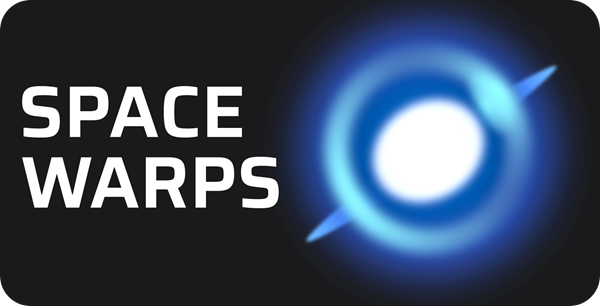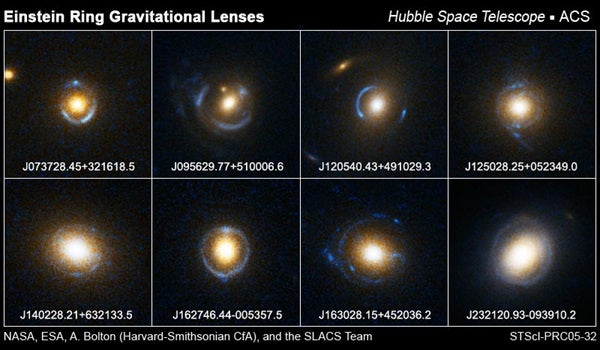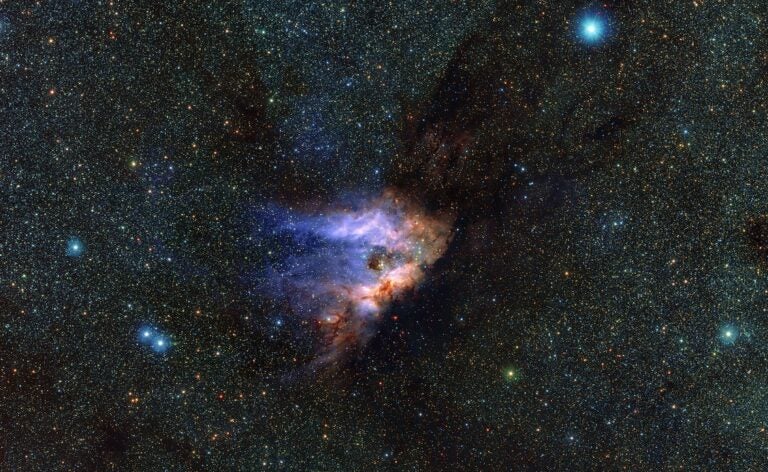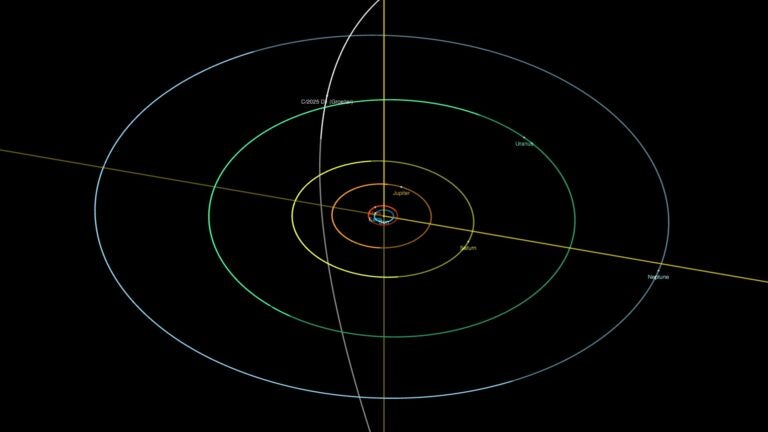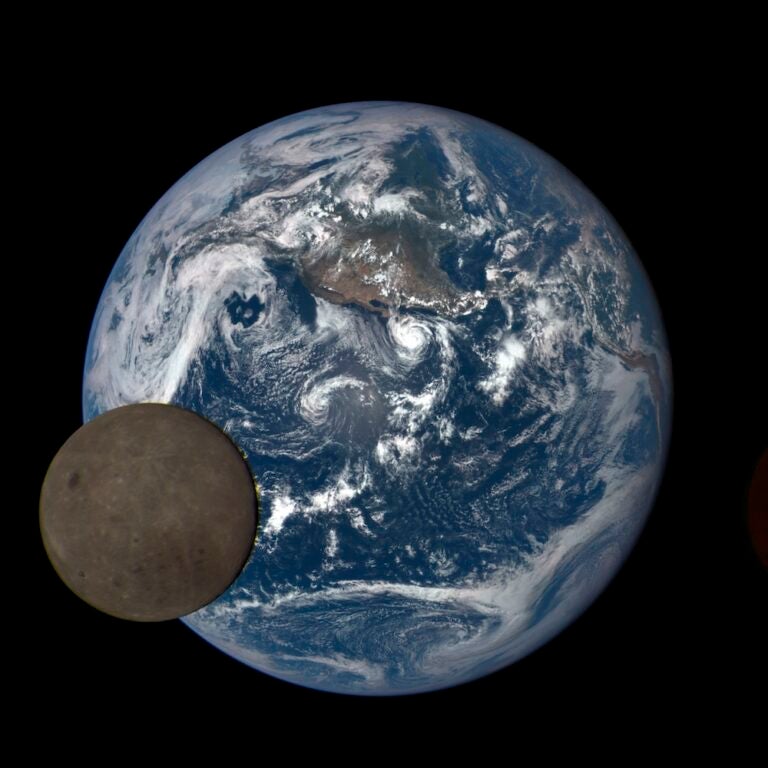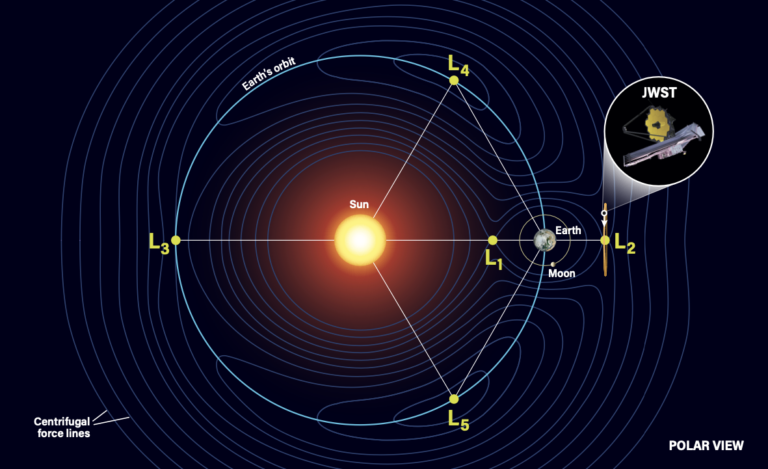Gravitational lensing is a consequence of Einstein’s theory of general relativity. Matter bends space-time around it, which influences the path of light as it passes nearby. When light from a faraway object, such as a galaxy, passes near something massive, such as another galaxy or, more often, an entire cluster of galaxies, the mass of the intervening object bends and magnifies the light — like a lens — allowing us to see that faraway object even when it’s behind something else along our line of sight.
G. Mikaberidze (Wikipedia)
This phenomenon has allowed astronomers to study distant objects that would otherwise be invisible or incredibly hard to detect. Gravitational lenses act like natural telescopes, boosting the signal from small, dim, or simply distant objects. Sometimes lenses are obvious and easy to find, but sometimes they’re more subtle. And there are a lot of lenses out there — too many for one person or even a few people to identify. That’s why astronomers need your help to find them as part of the Space Warps – HSC project on Zooniverse.org.
What is Space Warps – HSC and why does it have that particular name? “HSC” is the acronym for the Hyper Suprime-Cam, an instrument on the Subaru Telescope in Hawaii. This camera is currently conducting a large survey that returns ideal conditions for finding new gravitational lenses. According to the project’s website, “We estimate that the images of hundreds of lenses are lying in the data, still waiting to be found!” Because there are so many, the project scientists are turning to the public to help identify these lenses, making the process not only proceed more quickly, but allowing you to make real-time contributions to professional science by finding lenses that astronomers can then follow up on and study.
How does it work? You’ll view real astronomical images centered on galaxies that are massive enough to potentially cause gravitational lensing. Your task is to identify whether lensing is occurring in the images you see. Because there are many galaxy features and other phenomena that can mimic lenses, computer programs aren’t as good at finding real lenses as humans. As a project participant, you and many others will view each potential lens, and your responses will become part of a statistical study that ultimately separates real lenses from the lookalikes.

